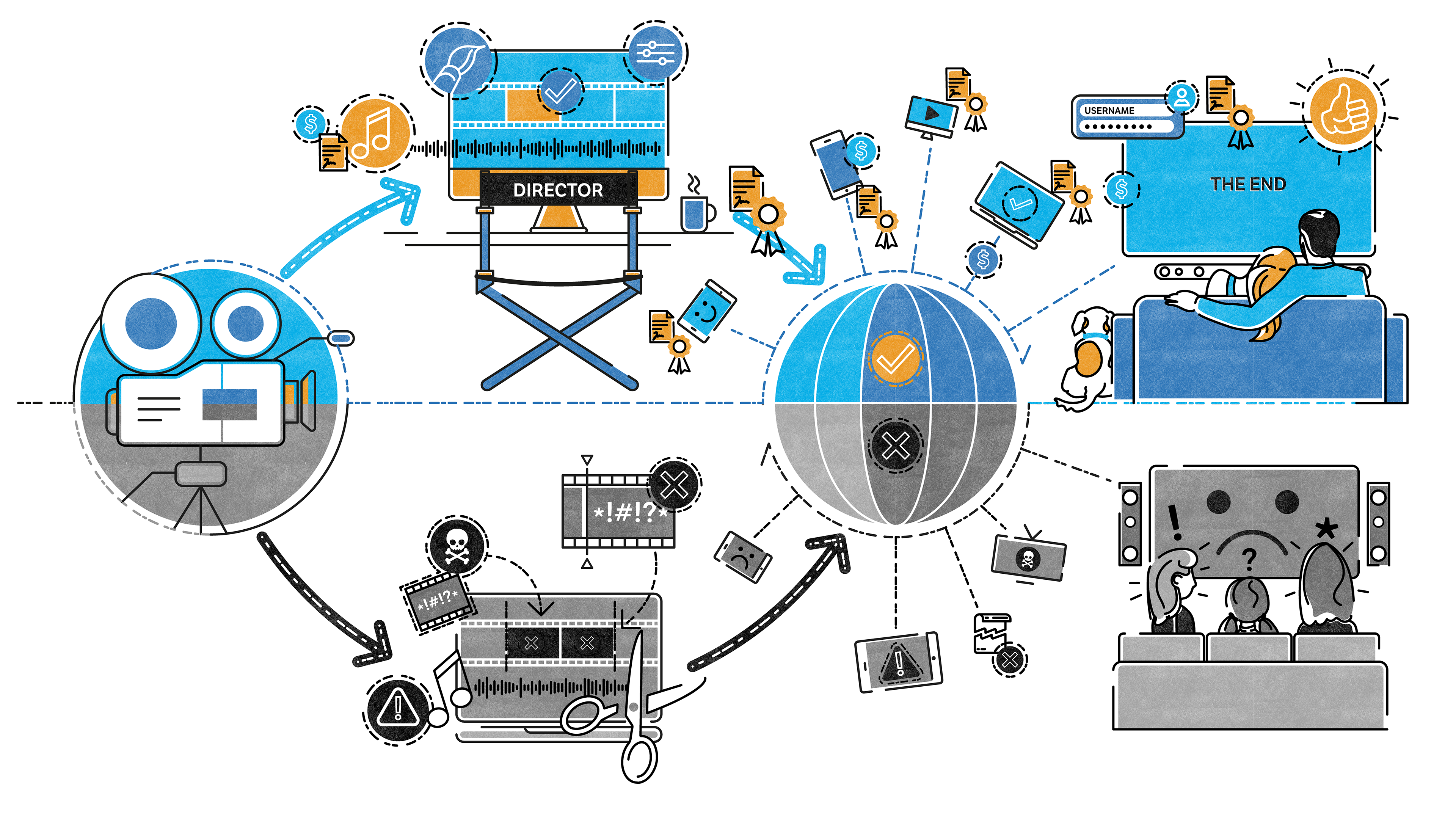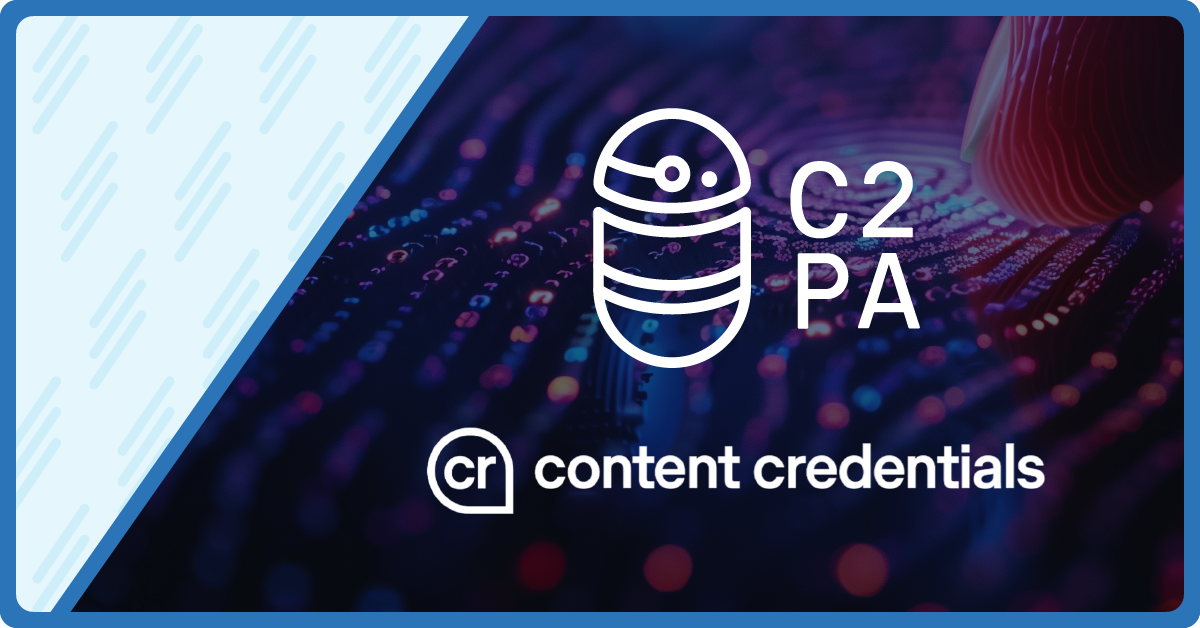Leaders in the media industry today have reason to be seriously concerned about the pernicious effects of easily and rapidly generated fake news, manipulated variants of images and video assets, and the lack of transparency and accountability for content on major distribution platforms. Much of this concern is currently being discussed under the banner of innovations in AI, but fakery and deception has a much longer and darker history notwithstanding the influence of such advanced technologies.
As we look at the evolving landscape of the video business, challenges to basic trust in news and entertainment media might seem to become overwhelming as malicious actors exploit the lack of verifiable sources. The danger is, perhaps, that fact-checking efforts, and the market value of creative media assets in general, could be fatally undermined without reliable source verification mechanisms.

The media industry must address this threat to its core health as a matter of urgency. It seems crucial that we should prioritize the development and adoption of content provenance practices to address the challenges and risks we face. This includes implementing technological solutions, fostering media literacy and critical thinking skills, encouraging transparency and accountability from content producers and platforms, and fostering collaborations among stakeholders to combat misinformation effectively.
Provenance in the world of fine art and content provenance in digital media can usefully be related here, in that they both seek to establish the origin and authenticity of an asset. In the art world, claiming to have discovered a new canvas painted by Van Gogh means very little without being able to show that the work has provenance, validating the history of an artwork's ownership, exhibition, purchases, and sales. In digital media, content provenance similarly seeks to verify the origin and authenticity of digital content, such as images, videos, or news articles–even when they may have been legitimately edited during a creative process. The use of digital content provenance allows for a trail of origin and modifications, similar to how written provenance documents the physical history of a Van Gogh artwork.
Very importantly, the existence of such provenance greatly impacts the value of the claimed Van Gogh–and, by implication, can have the very same type of impact on the value of digital media assets. What’s the difference in how a consumer might perceive an authentic stream of “The Lion King” vs. that of a pirate version that has some scenes replaced with malicious messaging?
It seems at least three things must happen in parallel for this concept of digital provenance to have a significant impact on the challenges the media industry faces:
- Firstly, digital content creators who value their business should employ tools that can mark outputs from the creative process with verifiable provenance metadata. Note that this does not preclude the use of AI tools to help generate any content, it would just make sure that some content can be recognized as coming from such a source during the creative process.
- Secondly, distribution channels that we rely on for our information and entertainment must incorporate technology that will, by default, display the existence of provenance information (or lack of such metadata) for each and every asset that is displayed or played on their sites or apps.
- Lastly–and importantly–a cultural shift is required where consumers of content seek, or even demand, that they are able to check the provenance of a digital asset before they consume it. It seems unlikely that social media platforms, for example, will actually try and prevent the distribution of content without provenance information. But at least the users of such channels should have a very high expectation that they will be able to understand whether or not such information is available at the time they view that content.
It is not insignificant to claim that the future health of the media business in and beyond will rest on the extent to which content provenance becomes an organic part of our patterns of creation and consumption. And that the commercial value of services that deliver such trusted content can be significantly greater than those that do not. Linking a system of content provenance with the next evolution of digital rights management (DRM) should give content creators and rights holders better control over the protection and revenue potential of these particularly valuable digital assets.
[First published in Microsoft Technology Report, Aug 2023]


